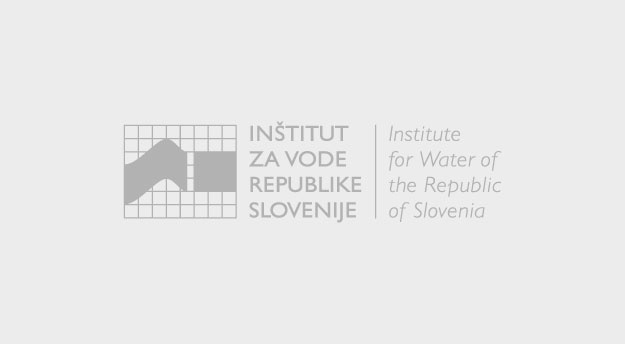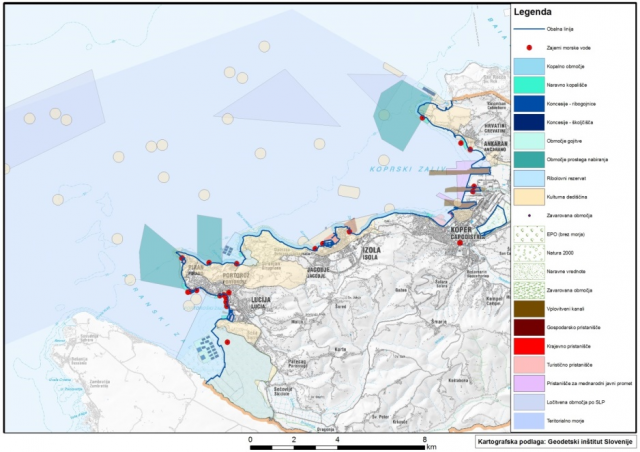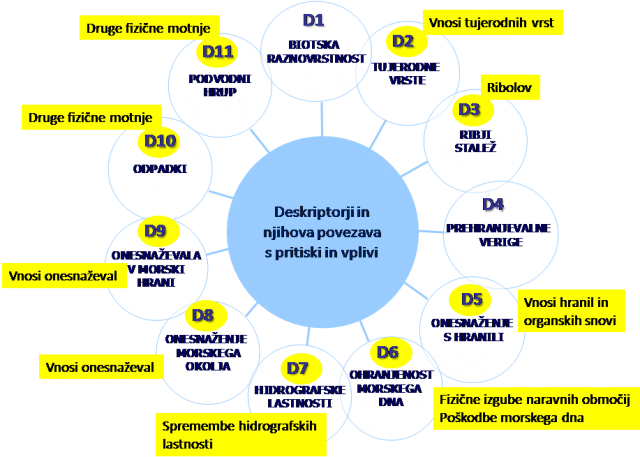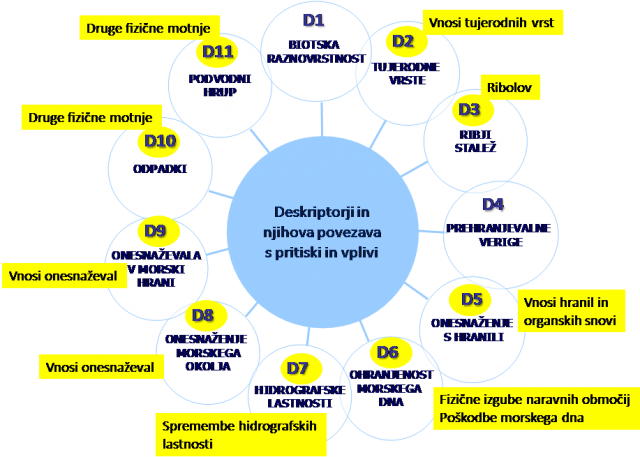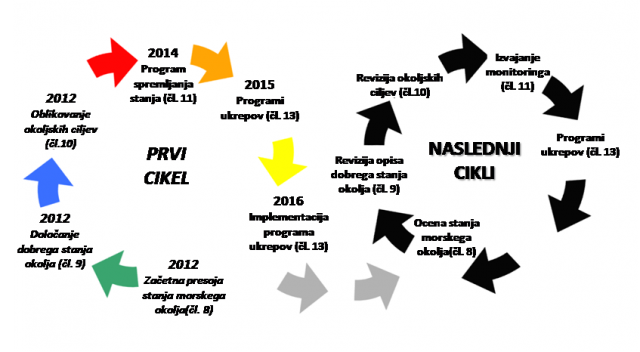European Topic Centre on Inland, Coastal and Marine Waters (ETC/ICM)
The European Topic Centre on Inland, Coastal and Marine Waters (ETC/ICM) is an international consortium brought together to support the European Environment Agency (EEA) in its mission to deliver timely, targeted, relevant and reliable information to policy-makers and the public for the development and implementation of sound environmental policies in the European Union and other EEA member countries.

